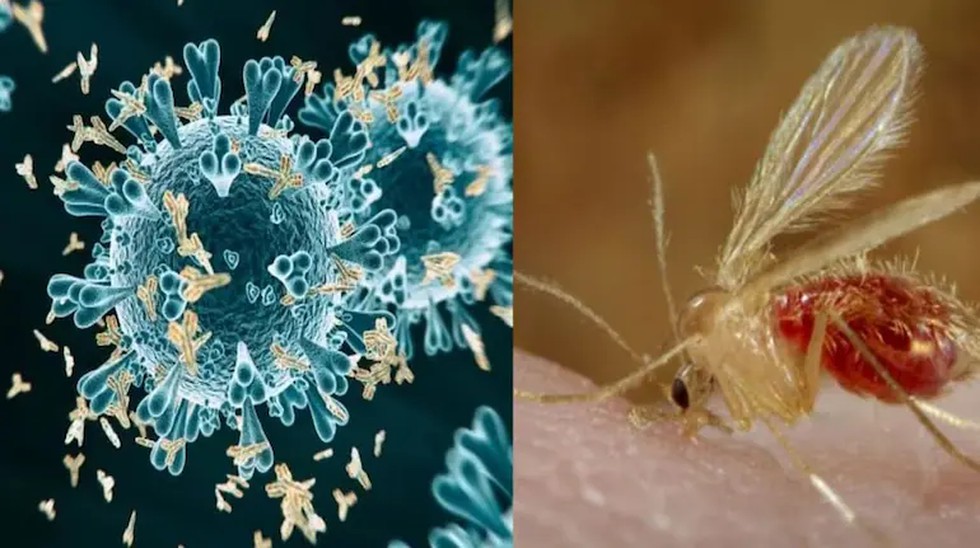
About Chandipura Virus Infection:
After Punjab, West Bengal, and Delhi ...
The Union Minister of Ports, Shipping...
Jerdon’s Courser, a critically endang...
The Central Potato Research Institute...
The Ministry of Education and the Uni...
The existing structure at the Bhojsha...
Recently, the World Bank Group (WBG) ...
Recently, the Union Finance Minister ...
Recently, the Department of Defence P...
Recently, the Gujarat government said...